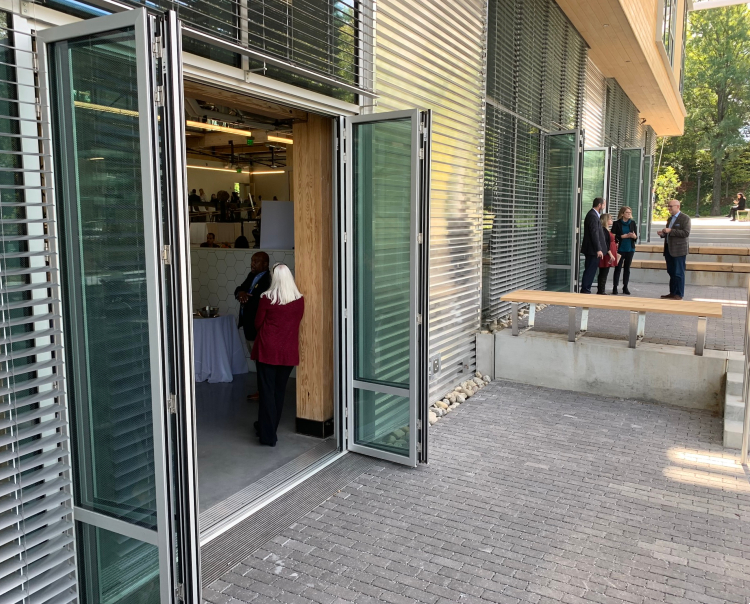Epidemiologists agree on one point about SARS-CoV-2: The virus that causes COVID-19 is transmitted most easily in enclosed environments. Fresh air is an elixir.
In an advisory to “every American” regarding COVID-19, the Centers for Disease Control and Prevention recommends that homeowners “increase ventilation by opening windows.” But the flyer offers no such recommendations in its sections on schools and commercial buildings — presumably because so few of those buildings even provide the option of opening a window.
“We have moved a long way from natural ventilation,” HKS Research Director Upali Nanda told us. “It’s something that we may have to look at long and hard again.”
After years of emphasizing highly efficient building envelopes, green building advocates are again seeing the value in windows. For example, the Living Building Challenge requires enough operable windows to provide natural ventilation for at least half the year. That’s tricky when you’re also trying to save energy by controlling indoor temperature and humidity. But it can also be an effective way to reduce energy use while airing out the building on mild days.
The connection between natural ventilation and healthy air is nothing new. Open windows have been found to significantly reduce the spread of tuberculosis and other infectious diseases. While the science on COVID-19 is new and evolving, researchers seem to agree that opening windows is a good idea — if the building has windows that can be open! — and that including operable widows in project designs will make buildings resilient in the case of future epidemics..
This photo, taken last fall at the Kendeda Building for Innovative Sustainable Design, shows accordion doors open on a temperate day. They have an additional advantage over ordinary operable windows: They permit free flow of people, as well as air, from the building’s porch to its interior.
– Ken Edelstein
This post is part of a series on “10 COVID-combating features in a Living Building.” Click here to view the main article.


